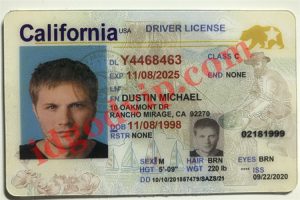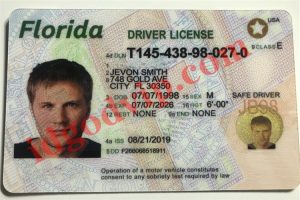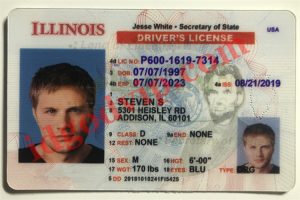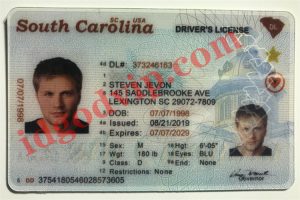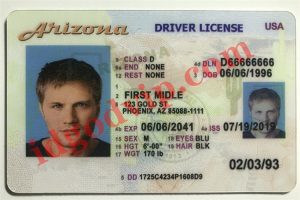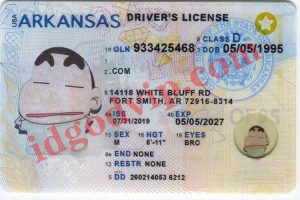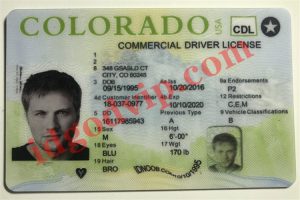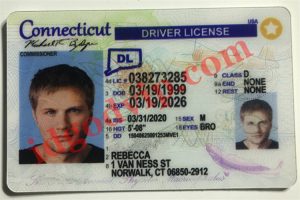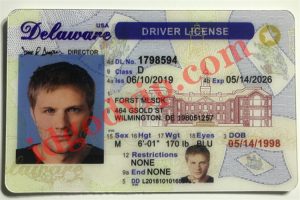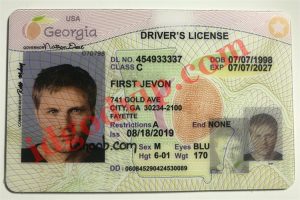What is the difference between identification, authentication and authentication
What is identification?
Character poses the question: “Who are you?” As new clients go through the onboarding system, they discover who they are. Some organizations limit their personalities to board cycles, fully trusting customer data. This can be very dangerous.
Without additional measures to ensure that customers are who they guarantee, organizations often have absolutely no chance of knowing whether an individual is exploiting their real character, or, on the other hand, whether a fraudster is exploiting a fake or fake character. For example, troublemakers can undoubtedly create id card fakes under false names, sometimes using other people’s real names for various nefarious purposes, including fraud.
What is authentication?
The check begins with “Who are you?” “Prove it”. Associations should expect checks to confirm that individuals are using their real names, addresses, phone numbers, etc. Checks can be for driver’s licenses, ID cards or biometrics.
Validation is applied during the onboarding system. Verification can be integrated directly into the multifunctional app or accessed as an online answer to help ensure customers are who they are guaranteed to be.
If the confirmation cycle is not the case, the characters or qualifications taken can be effectively utilized. At the start of the pandemic, fraudsters took advantage of the best fake IDs to file exploitative unemployment claims and collect massive dollar benefits. Distinguishing the breadth of misrepresentation, the AIC has released a report: Fraud and its relationship to pandemics and financial emergencies: from Spanish flu to COVID-19, to inform and understand the importance of character verification management.
What is identity authentication?
Authentication is usually performed every time a client logs in, but can equally be performed whenever a client attempts to exchange or attempt to obtain sensitive information.
There are three main categories of validation types, also known as validation factors:
· Information – you know – data or secrets that are unusual for you, including passwords, PINs, and answers to security questions.
Ownership – something you own. The possessions include cell phones, cards, key combs, and actual tokens that can generate or obtain one-time passwords or codes.
Biometrics – what you are: These are interesting practical qualities differentiated by unique finger impression checks, voice confirmation and facial confirmation.
authentication, what is the difference between authentication and authentication?
ID is also the most important stage, customers provide data about themselves through the onboarding system. While real customers will provide accurate data, fraudsters may provide best fake id data.
Check Force customers to certify that the data they provide is accurate. Since the acquired personality can be used to set up an account, this step prevents fraudsters who cannot provide the expected identifiable evidence from making scannable fake ids. Customers may be contacted to provide facial output, a copy of a driver’s license, or a different type of confirmation.
Validation also wants customers to show their character. The same strategies used for validation are used for validation, including unique finger impression filtering and facial validation.
